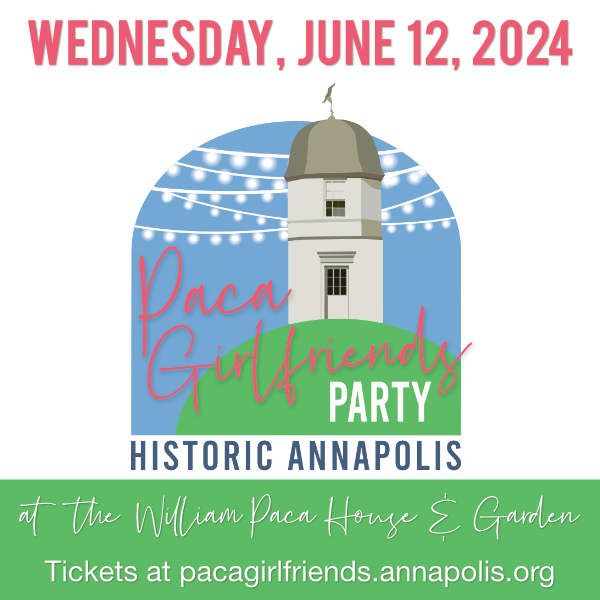
 There is a popular myth that Nero played the fiddle as Rome burned. Here in Annapolis, the Mayor’s team is planning a ball as the City experiences an incredibly violent November.
There is a popular myth that Nero played the fiddle as Rome burned. Here in Annapolis, the Mayor’s team is planning a ball as the City experiences an incredibly violent November.
Early in the month, in a span of 72 hours, there were three shootings, one armed home invasion, and two instances of shots fired without bodily harm. On November 18, a gunman shot out the front door of the Harbor House apartment building. A few days later, a bathroom window in Eastport was shot out and a “projectile” was recovered from inside the home. As is often the case in Annapolis – these acts of violence were mostly concentrated in a small number of communities that are less affluent, and less white.
Ordinarily, planning inaugural events would not be cause for criticism. But in this instance, planning a red carpet, black-tie ticketed event under the banner of “One Annapolis” – while at the same time denying calls for a special meeting of the City Council focused on the increase in violence – seems tone-deaf.
Annapolis’s uptick in violent crime is not unique. In a March column in The Atlantic entitled “Why America’s Great Crime Decline Is Over,” Patrick Sharkey, a Princeton Sociologist, shared his thoughts on the recent surge in crime in the US.
Sharkey argues the decline in crime experienced over the past several decades was unsustainable because it relied on “responding to violence and urban inequality through brute force” and depended on the police to “respond to every challenge that arises when poverty is concentrated.” In his 2018 book, Uneasy Peace, Sharkey correctly predicted that these policies would result in public backlash.
Perhaps more compelling was Sharkey’s research on where crime has been increasing. His research shows that the “increase in violence is highly concentrated in neighborhoods that are segregated with high poverty,” and that have experienced decades of disinvestment.
Those findings are consistent with the Annapolis experience. Consider, for example, the Clay Street Community, which has experienced four instances of gun violence in the last six months. Its commercial core was seized – in the name of urban renewal – to build garages and government buildings, and the City has struggled to adequately maintain the Stanton Center, an anchor institution in the community.
To address the challenges of concentrated poverty and crime, the banner of “One Annapolis” must be applied to more than murals and parties. It must be the vision that inspires serious conversation and meaningful policy action.
While addressing the high vacancy rate in the police department is critically important, our efforts must go beyond that. We must effectively start addressing the decades of disinvestment that have occurred in certain parts of our City. We must have a more comprehensive approach to dealing with the challenges of poverty.
This is a tall order for a City facing a projected structural deficit, but there is reason for hope if we are open to bold creative solutions. This includes taking seriously the endeavor to consolidate services with the County to free up funds to invest in priorities.
With so much work left to do to actually achieve One Annapolis, perhaps it is not yet time to pop corks.
Scott Gibson, Annapolis, MD












































